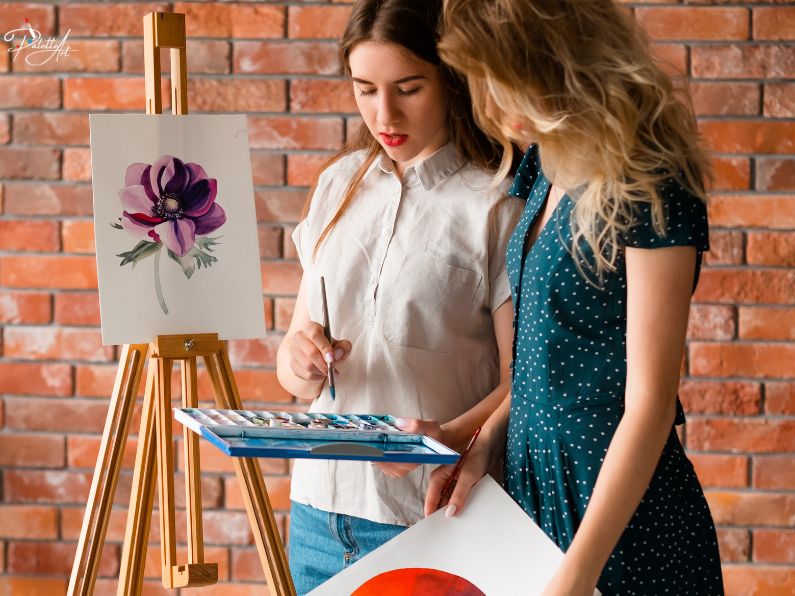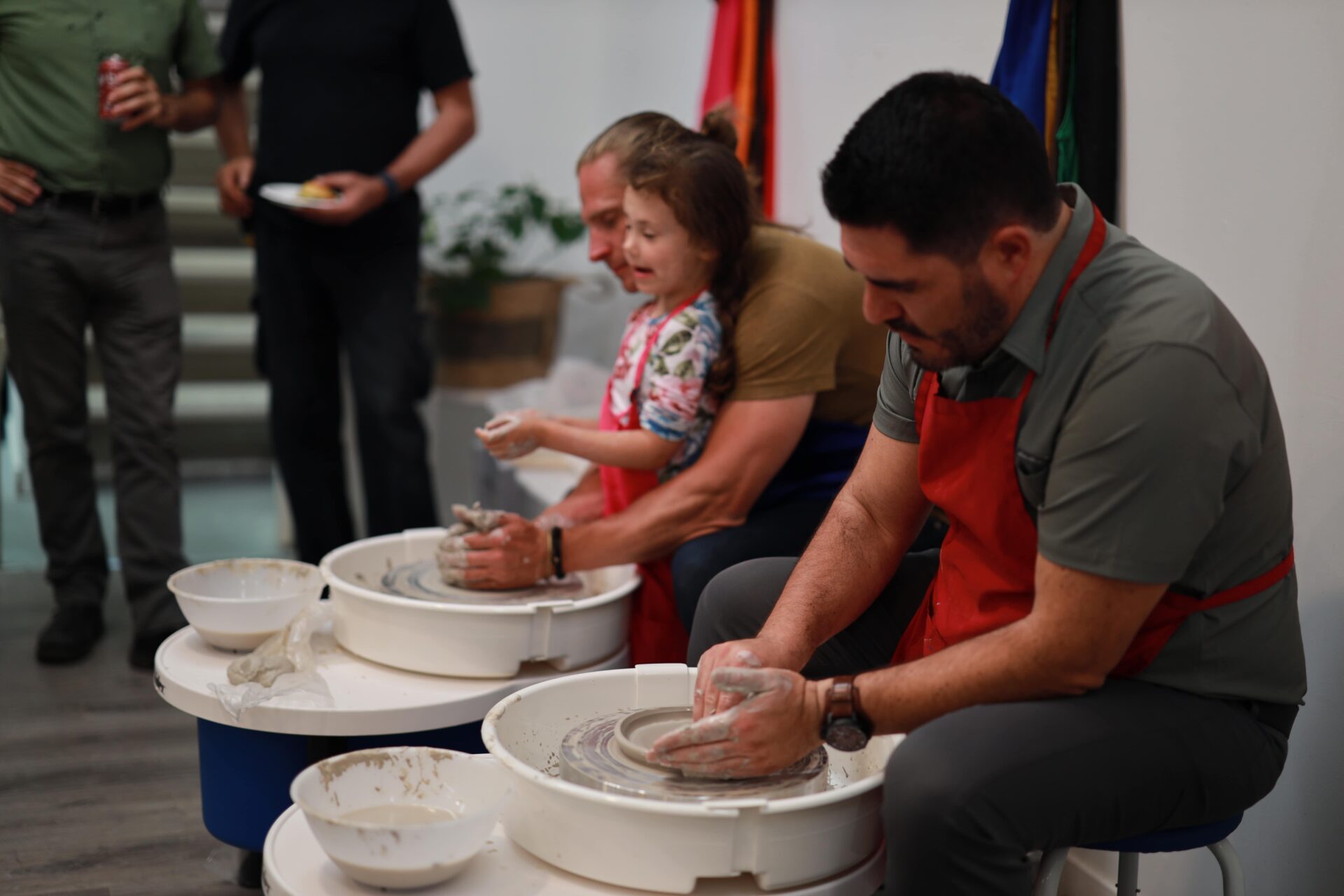Oil painting techniques are essential for artists of all levels, offering a range of methods to create beautiful and expressive works of art. Whether you’re a beginner or an experienced painter, mastering these techniques can significantly enhance your creativity and skill. In this article, we’ll explore some basic oil painting techniques that will help you get started and improve your artistry.
Contents
Blending
Blending is one of the most fundamental oil painting techniques. It involves smoothly transitioning between colors to create a gradient effect or soft edges. This technique is crucial for achieving realistic textures, such as skin tones in portraits or subtle variations in landscapes. To blend effectively, use a soft brush and work while the paint is still wet, gently feathering the colors together to achieve a seamless transition.
Glazing
Glazing is another essential technique in oil painting. This method involves applying a thin, transparent layer of paint over a dried layer. Glazing can create depth and luminosity, as each glaze alters the underlying color, adding richness and complexity to your work. To glaze, mix your oil paint with a glaze medium and apply it in smooth, even strokes. This technique is especially useful for creating realistic and vibrant hues in your paintings.
Underpainting
Underpainting is a preparatory layer that sets the foundation for your painting. Typically done in a monochromatic scheme, underpainting helps establish the basic values and composition of your piece. This technique is beneficial for mapping out light and shadow, ensuring your final painting has a cohesive and balanced look. Use a fast-drying medium for this initial layer to speed up the process, allowing you to build upon it with subsequent layers of color.
Scumbling

Scumbling is a technique where a thin, opaque layer of paint is lightly dragged over a dry layer, allowing the underlying color to show through. This method adds texture and highlights to your work, creating a sense of depth and complexity. To scumble, use a dry brush and apply the paint with a light, scrubbing motion. This technique is particularly effective for creating atmospheric effects in landscapes or adding dimension to still lifes.
Impasto
Impasto involves applying thick, textured layers of paint to create a three-dimensional effect. This oil painting technique is perfect for adding dynamic, expressive elements to your artwork. Use a palette knife or a stiff brush to apply the paint in bold, textured strokes. The raised areas of impasto can catch light differently, giving your painting a unique, tactile quality.
Sgraffito
Sgraffito is a technique where you scratch into the wet paint to reveal the underlying layer. This method adds intricate details and texture to your work. Use a pointed tool, such as the end of a brush or a palette knife, to carefully scratch away the top layer of paint. Sgraffito can create interesting patterns and highlights, enhancing the overall texture of your painting.
Case Study: Palette Art Studio

Palette Art Studio offers an excellent opportunity for artists of all levels to learn and master these oil painting techniques. The studio currently has open registration for their painting classes for adults and Kids . Whether you’re a beginner looking to start your artistic journey or an experienced painter aiming to enhance your skills, Palette Art Studio provides a nurturing environment to explore and improve your artistry.
Their painting classes for kids focus on foundational skills, encouraging young artists to experiment with different techniques such as blending, glazing, and impasto. Through guided sessions, children can develop their creativity and technical abilities in a fun and supportive setting.
For adults, Palette Art Studio offers more advanced classes that cover a broad range of techniques, including underpainting, scumbling, and sgraffito. These classes are designed to help adult learners refine their skills, learn new methods, and create more complex and textured artworks.
Both kids and adults at Palette Art Studio have the chance to enhance their artistic abilities and gain confidence in their painting skills. With professional guidance and a well-structured curriculum, students can fully explore the potential of oil painting.
Conclusion
Mastering these basic oil painting techniques can greatly enhance your artistic skills and creativity. From blending to glazing, underpainting to scumbling, each technique offers unique ways to add depth, texture, and realism to your work. Whether you’re interested in basic oil painting techniques for beginners or looking to explore simple oil painting techniques for realistic art, these foundational methods will provide you with the tools you need to succeed. Experiment with these techniques and discover the full potential of oil painting.
For more insights into the art world and contemporary art trends in Canada, check out Canadian Art.
FAQ
What materials do I need to start oil painting?
To start oil painting, you will need oil paints, a variety of brushes, a palette for mixing colors, a canvas or painting surface, and a medium such as linseed oil or turpentine. Palette knives, rags, and an easel can also be helpful.
How long does it take for oil paint to dry?
Oil paint typically takes several days to dry to the touch, depending on the thickness of the application and the type of medium used. Complete drying can take weeks or even months. Using faster-drying mediums can help speed up this process.
Can I mix oil paints with other types of paints, like acrylics?
Oil paints should not be mixed with water-based paints like acrylics. However, you can use acrylics as an underpainting layer, allowing them to dry completely before applying oil paints on top. This technique combines the fast-drying benefits of acrylics with the rich textures of oil paints.
Are the painting classes at Palette Art Studio suitable for complete beginners?
Yes, the painting classes at Palette Art Studio are designed to cater to all skill levels, including complete beginners. The classes provide step-by-step guidance and cover fundamental techniques to help new artists build a solid foundation in oil painting.
What can I expect to learn in the adult painting classes at Palette Art Studio?
In the adult painting classes at Palette Art Studio, you can expect to learn a variety of oil painting techniques such as blending, glazing, underpainting, scumbling, impasto, and sgraffito. The classes focus on enhancing your technical skills, understanding color theory, and developing your unique artistic style through practical exercises and projects.


